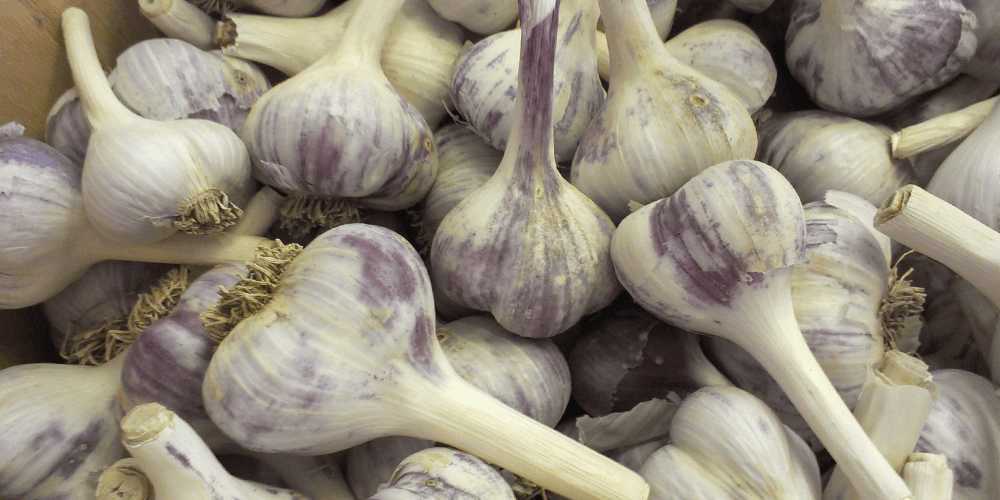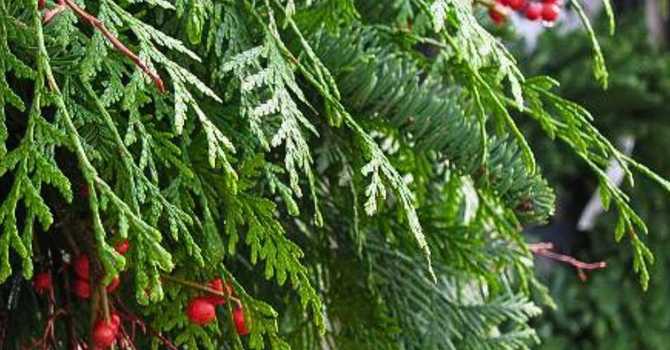
In the Lower Mainland,
fast crops like lettuce, some brassicas, peas, beans, radishes, Swiss chard, and beets can easily be planted in late summer, especially from started crops or transplants, for harvesting from September through next March and beyond. You must, however, be careful to select varieties that are winter hardy. Winter hardy varieties are mostly from Europe and are bred to tolerate the wet and cold winter temperatures of zone 6 or higher.
Timing!
Timing is the secret to success for all cool crop veggies… the sooner you get them in, the better. Fall/winter (F/W) harvest veggies need to be sized up before frost. Overwintering (O) varieties need as much time as possible to grow before frosts set in, at which point they’ll ‘go on hold’ over the coldest part of the season, then continue growing as the days lengthen and warm in late winter. They will be ready for harvesting usually by early spring.
So what to grow? Here is a list of the most readily available winter varieties.
- Arugula (F/W): One of the best winter veggies, it is slow to bolt in cooler weather. It needs protection during cold spells.
- Beets (F/W): ‘Winterkeeper’ is one of the best winter varieties. They have large round, very sweet roots.
- Broccoli: ‘Gypsy’ is a good fall/winter harvest variety of regular broccoli. ‘Red Spear’, has small, sweet purple-burgundy heads that can be harvested in late February/March; these are overwintering types.
- Brussels Sprouts (F/W): Frost makes them sweeter! ‘Gustus’ and ‘Red Ball’ are delicious.
- Cabbage (F/W): ‘January King’ is very winter hardy and one of the finest cabbages available. Harvest January through February. ‘Lennox’ and ‘Deadon Savoy’ are good winter harvest options too.
- Carrots (F/W): ‘Atlas’ is a sweet globe-shaped baby carrot that matures in about 75 days.
- Cauliflower (O): ‘Galleon’ has pure white heads that grow slowly in late winter for harvest in February/March. ‘Mardi’ and ‘Adona’ are also terrific varieties.
- Collards (F/W): ‘Georgia’ and ‘Top Bunch’ are popular cool-season types.
- Corn Salad (F/W): This is one of the hardiest salad greens. It is crisp and mild, and its flavour improves with frost.
- Kale (F/W): ‘Winterbor’ and ‘Starbor’ are truly amazing winter garden plants that will produce leaves until spring.
- Kohlrabi (F/W): A relative of brassicas, its flavour improves with frosts. It is quite hardy but needs some protection in severe zone 6 cold. ‘Superschmeltz’ is a very reliable performer.
- Leeks (F/W): ‘Bandit’ is one of the great winter crops. Matures slowly. Bury them deeper for more white stems. Harvest in late winter.
- Lettuce (F/W): ‘Winter Density’ makes delicious salads all winter. ‘Rouge d’Hiver’ and ‘Cimmaron’ have beautiful, tasty red leaves. Mesclun blends will add a nice kick to Thanksgiving salads too! Lettuce needs protection during the coldest part of winter.
- Onions (O): ‘Walla Walla,’ one of the hardiest onions, if planted now will size up nicely for late spring harvesting. You can also rob a few for late winter soups!
- Parsnips (F/W): ‘Gladiator’ can still be transplanted for winter enjoyment. They become sweeter with frosts and can be harvested in late winter.
- Peas (F/W): ‘Cascadia,’ ‘Green Arrow,’ and ‘Sugar Ann’ are good choices for fall harvests.
- Radishes (F/W): Radishes can be grown for fall or winter harvests. Direct sow about 8 to 10 weeks before frosts.
- Scallions (F/W): ‘Ramrod’ is a favourite!
- Spinach: ‘Escalade’ and ‘Olympia’ are perfect for cool season growing with a little protection in severe weather.
- Swiss Chard (F/W): Is quite winter hardy once established. Varieties such as ‘Rhubarb’ and ‘Silverado’ are quite tasty.
- Turnips & Rutabagas (F/W): Once established, they are very winter hardy, and their flavour improves with frosts. They will need protection in severe cold, but even so, they are a great winter crop. We tend to grow ‘Laurentian’ and ‘Purple Top White Globe’ respectively.
Popular winter crops
There are many other winter crops, but these are the mainstream varieties that folks are really beginning to appreciate! Potted perennial vegetables, like horseradish, Jerusalem artichokes, and rhubarb, can be planted now. Perennial herbs, like mint, parsley, chives, marjoram, and oregano, can also be planted for some late fall and early spring additions to your culinary dishes (cilantro, though an annual, can tough it out as a fall crop too)! September is the best time to plant garlic for next year’s harvest. Seeds for these winter hardy varieties are widely available from West Coast Seed* racks, but the closer we get to mid/late August, the more you will need to rely on transplants.
What will get the most light over winter
Remember that our days are getting shorter, and the angle of the sun will change, so place your plants in a location that will receive the most light over winter, preferably out of north/east winds. When we get severe cold (below -10°C), a simple mulching of root crops with sawdust or bark mulch helps greatly, and a cloth cover, called ‘N-Sulate,’ can make a 6-8°C difference in protection. A particularly cool winter/early spring can delay harvests, so be patient come spring-time. Instead of assuming an overwintering veggie hasn’t matured enough (and pull it out), give it some time to come around.
Please give winter gardening at least a try this year. It’s fun, truly a great source of winter food and nutrition and, perhaps best of all, it’s exhilarating to harvest fresh produce from your garden during some of the darkest days of the year!
*They have a terrific winter veg seed timing tool on their website too…visit westcoastseeds.com to view their planting chart!


